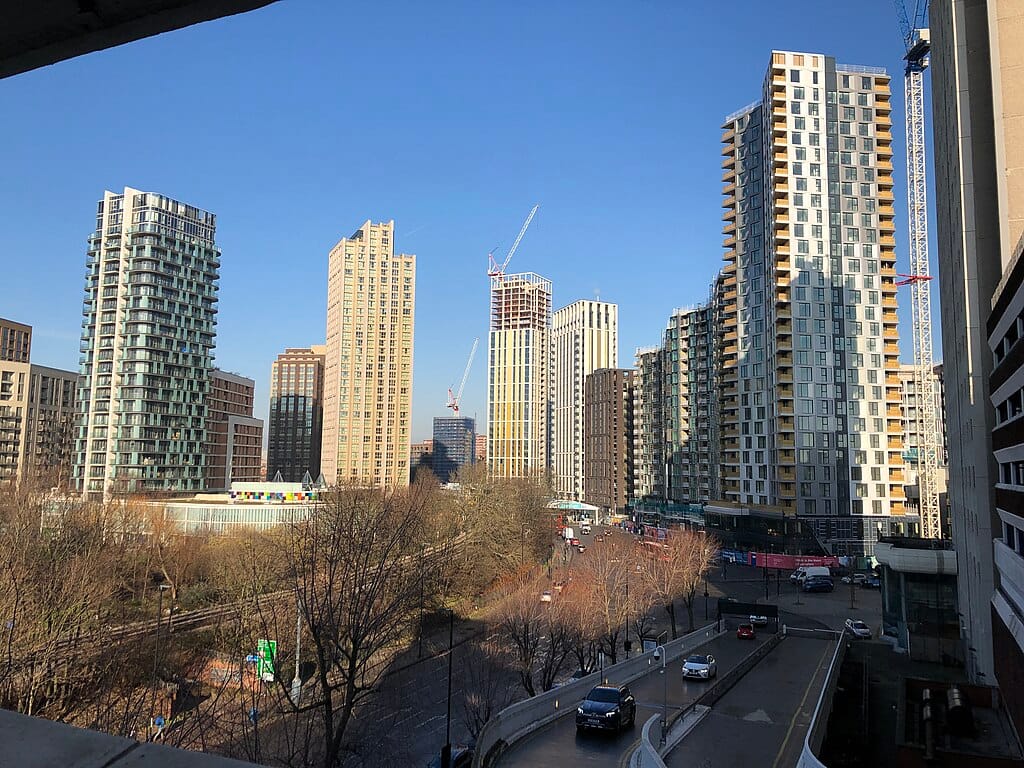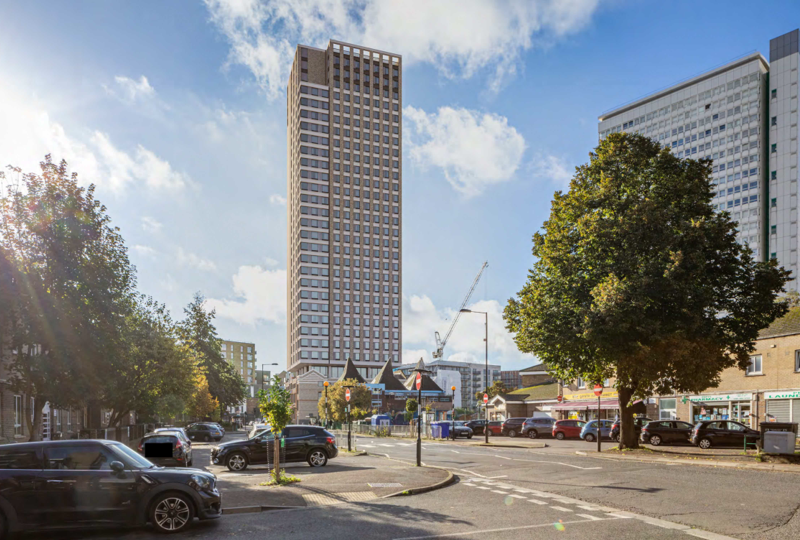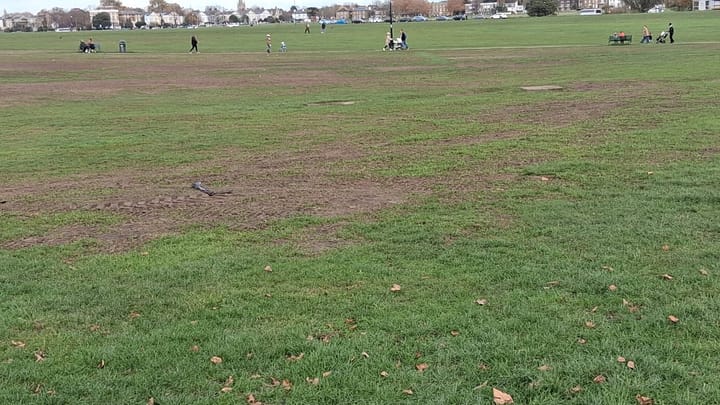London homes are overheating - are building regulations keeping up with climate change?
As London faces another heatwave, residents of tower blocks and other "single-aspect" homes are at particular risk. London's housing stock is poorly adapted for extreme heat. Are building regulations for new build and existing homes fit for purpose in a heating world?

"Current building regulations don’t yet go far enough to protect people, especially the most vulnerable, from the increasing risks of extreme heat and heatwaves," says Andy Love, founder of London-based CIC Shade the UK.
"Many of our existing homes were designed for a different climate and are now becoming dangerously hot during the summer months, with little in the way of retrofit regulation or support to improve them."
Salamander asked Lewisham council how local planning policy takes account of the extreme heat that residents will be facing more and more often.
Overheating risk - policy for new developments
Louise Krupski, Deputy Mayor and Cabinet Member for Environment, Transport and Climate Action said that Lewisham's new local plan "sets a clear expectation that all new developments must actively address the risk of overheating".
She referenced Lewisham's new Local Plan Policy SD5 Managing Heat Risk, which itself mentions the London Plan's cooling hierarchy.
The cooling hierarchy aims to use "passive cooling" to avoid both overheating within buildings and the generation of heat from buildings, eg from air conditioning units.
It encourages methods which will reduce heat entering a building, using "orientation, shading, albedo, fenestration, insulation and green roofs and walls."
However, Lewisham's Policy SD5 says only that plans for new developments have to demonstrate that "priority is given to 'feasible' measures at the higher level of the hierarchy".
Krupski added that the council encourages developers to use best practice guidance, giving examples of the Good Homes Alliance shading guide and LETI’s Climate Emergency Design guides.
Love said: "(Building regulation) Approved Document Part O, introduced in 2022, was a welcome step forward. It aims to limit overheating in new residential buildings and includes requirements around solar gain, ventilation, and daylight ..
"(But) even for new developments, there are concerns about enforcement and accountability. Once buildings are signed off, there is little follow-up to ensure they actually perform well in real-world heat events."
He observed that "if residents suffer from overheating, developers and designers are rarely held responsible, and residents have limited recourse."
"Tower blocks present a unique set of challenges"
The UK Green Building Council (UKGBC) notes that one of the reasons for London's acute overheating risk is the city's disproportionately high number of "single aspect homes", ie small flats, studios or single rooms with windows on only one side.
Many homes and student rooms in tower blocks are single aspect. High rise buildings form a significant part of Lewisham's current and planned housing development and it is hard to see how the recommendations of the cooling hierarchy or other guides apply to this building type.
Salamander asked Lewisham council how residents of new and existing tower blocks would be protected from extreme heat, but did not receive a specific response.
Love says: "We recognise that tower blocks present a unique set of challenges.
"These include planning restrictions, safety regulations around wind loads and fire risk, and limits on the types of cooling interventions that can be installed - for example, window restrictors might limit natural ventilation, and external shutters or green walls are often ruled out due to fire and wind concerns.
"For these reasons, we believe there’s a strong case for developing specific overheating mitigation guidance for high-rise buildings."
He suggests this could include "high-performance solar films, shading-integrated glazing, safe mechanical ventilation strategies, and policy-level recommendations to improve design standards for new-build towers".

Scott House - response to overheating guidance
The planning application to build a 31-story Purpose Built Student Accommodation (PBSA) tower block of 502 student rooms at Scott House, Deptford, is currently awaiting permission from Lewisham council.
Its response to the overheating guidance notes: "The development would include the provision of openable windows for ventilation purposes, whilst individual Mechanical Ventilation with Heat Recovery (MVHR) units are proposed to provide fresh air and extract ventilation for the PBSA bedspaces that would provide an effective means of ventilation to mitigate against overheating when the windows are closed."
MVHR can be used for heating and cooling. This method comes 5th out of 6th (the lowest) on the cooling hierarchy. It uses less energy than conventional air conditioning, but does not cool as effectively.
As noted by Love, without enforcement and then follow-up during a heatwave event, it is unknown whether this measure would be implemented or effective.
Absence of retrofit policy on overheating
Love points out that the government overheating Building Regulation O only applies to new build homes, but not the vast majority of the housing stock where vulnerable people already live.
Krupski referred to the council's retrofitting work, and the funding the council had secured to carry out further improvements. However, the programme is focussed on warm homes and energy efficiency, and overheating risks are not mentioned.
She advised that the council has worked with Shade the UK on providing guidance to schools via the Schools Climate Network, but that they would "urgently need further investment" to implement adaptation measures for homes, schools and buildings.
Residents in St John's conservation area in Lewisham report that local planning regulations do not permit retrofit work and adaptation for climate change.
"We urgently need to strengthen and extend regulations to better reflect today’s climate risks," says Love.
"That means improving the performance of existing buildings through retrofit policy, mandating passive measures like shading and ventilation, and embedding long-term accountability into the development process."
Shade the UK's Overheating Adaptation Guide for Homes offers 43 practical measures for renters and homeowners to mitigate against overheating.



